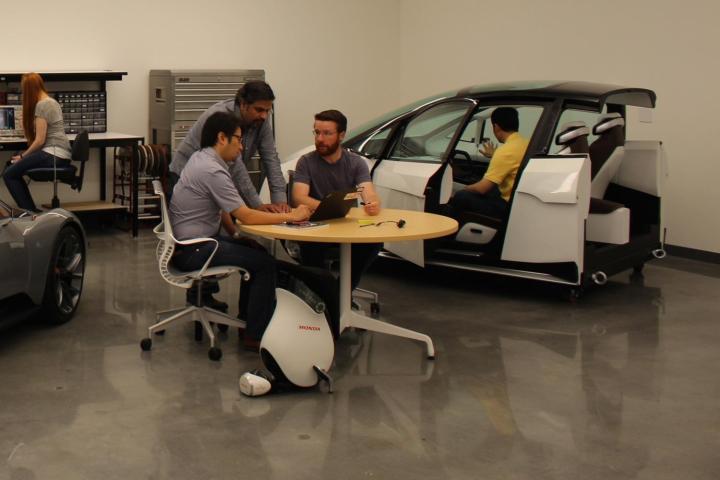
The Japanese automaker is now one of around 10 companies – Google, Tesla Motors and Nissan among them – with permission to test self-driving vehicles on California’s public roads.
The state’s green light means Honda can now start trying out its autonomous driving technology beyond the confines of its testing facility in Concord, just northeast of San Francisco.
The car manufacturer is already known to be working on the development of various self-driving systems related to pedestrian detection and vehicle-to-vehicle communication.
Last summer it showed off a modified Acura RLX laden with sensors and other technology related to its autonomous vehicle research, although at the time Honda senior engineer Eric Blumbergs stopped short of describing it as a full-fledged self-driving car.
News that Honda can now test on public roads what could turn out to be its first fully autonomous vehicle comes less than two months after the car maker announced it was expanding its Silicon Valley presence with a new R&D center. The facility has a number of projects on the go, including the Honda Xcelerator initiative aimed at bringing together Honda engineers and innovators to commercialize new, relevant technologies.
Honda may up to now have been less vocal about its ambitions in the self-driving space compared to some of its competitors, but its increased presence in Silicon Valley and its clearance to test its self-driving technology on California’s public roads indicate the company is stepping up its efforts to explore the field with an increased sense of purpose.
Editors' Recommendations
- Tesla Autopilot vs. full self-driving: What’s the difference?
- Cruise’s robotaxi service suspended by California regulator
- Cruise autonomous vehicle drives over woman just after she was hit by another car
- Volkswagen is launching its own self-driving car testing program in the U.S.
- Waymo’s robotaxis are coming to Uber’s ridesharing app


